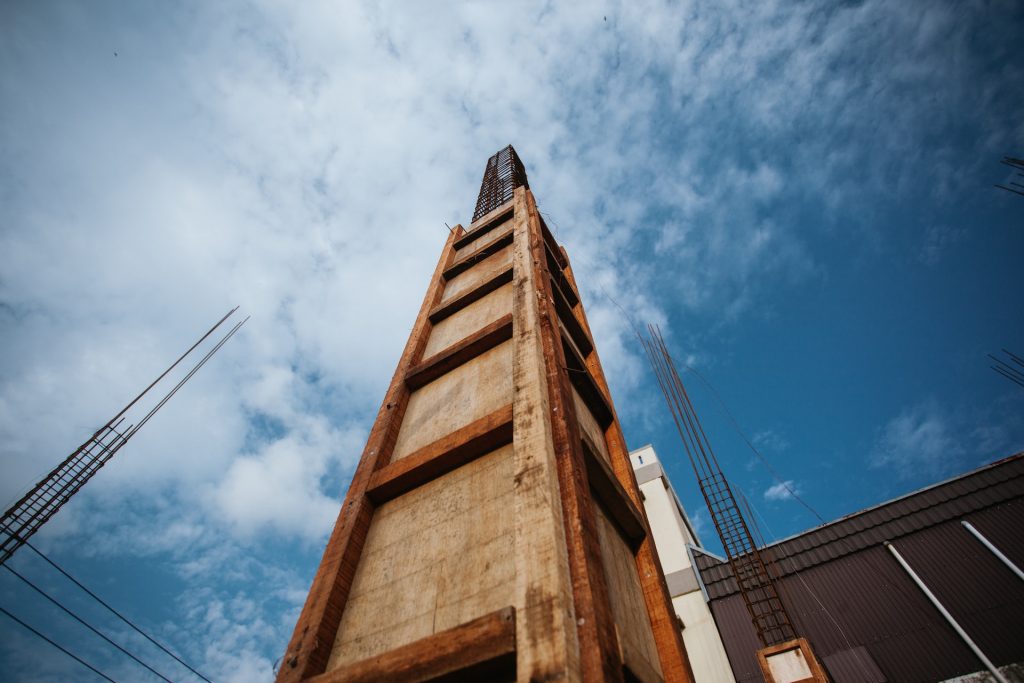A concrete foundation is the fundamental support structure of any building. It is designed to carry the weight of the entire structure, making it one of the most critical components of a building. However, sometimes concrete foundation problems occur, and if addressed, they can have severe consequences. These problems must be handled swiftly and effectively, to prevent further damage to the building and ensure its long-term stability.
One of the most common types of concrete foundation problems is settlement. Settlement occurs when the foundation of a building sinks or settles unevenly, causing the building to become unbalanced, which can lead to structural damage. This type of problem can occur for many reasons, including poor soil conditions, improper construction techniques, or changes in the moisture content of the soil. Settlement issues are often difficult to detect in the early stages, as the building may appear to be stable and structurally sound. However, settlement symptoms become more apparent over time, such as sloping floors or cracked walls.
Another common type of concrete foundation problem is the formation of cracks. These can occur due to a variety of factors, including freeze-thaw cycles, shrinkage, or structural overload. Cracks are a significant problem because they can allow moisture to penetrate the foundation, which can weaken the structure and cause further damage. Additionally, if left unaddressed, cracks can spread and become much more severe.
One type of crack that occurs frequently is called a hairline crack. These are small, thin cracks that form on the surface of the foundation. Although hairline cracks are not usually a serious problem, they can lead to more severe problems over time, especially if they allow moisture to seep into the foundation. Another type of crack is known as a settlement crack. These cracks occur when the foundation settles unevenly and can be quite large and severe. Repairing settlement cracks can be complex, often requiring hydraulic jacks to raise and level the foundation.
Another common problem with concrete foundations is heaving. This occurs when the soil beneath the foundation expands and lifts the concrete. Heaving can be caused by many factors, including frost heave, expansive soils, or changes in the moisture content of the soil. Heaving can cause significant problems for a building, leading to structural instability and damage to the foundation itself.
In summary, concrete foundation problems come in many forms and can be caused by a variety of factors. If left unaddressed, these problems can cause significant damage to a building and compromise its long-term stability. It is essential to have a professional inspection of your foundation, particularly if you notice any signs of damage, such as cracks or uneven floors. A qualified foundation repair specialist can help you diagnose and address any problems with your foundation and ensure the safety and longevity of your building. With proactive maintenance and timely repairs, you can protect your investment and ensure the stability of your building for years to come.
